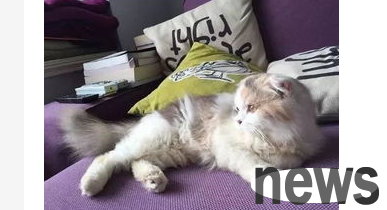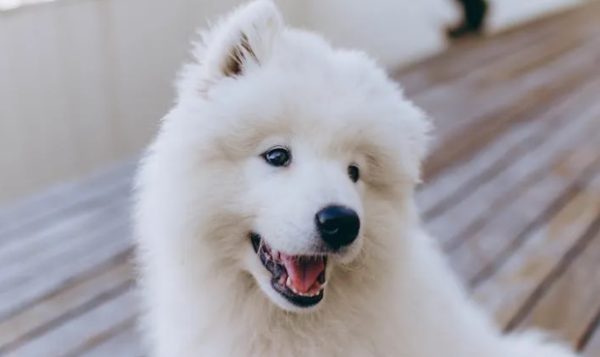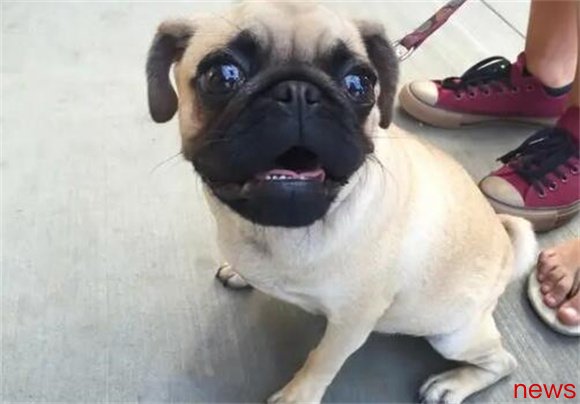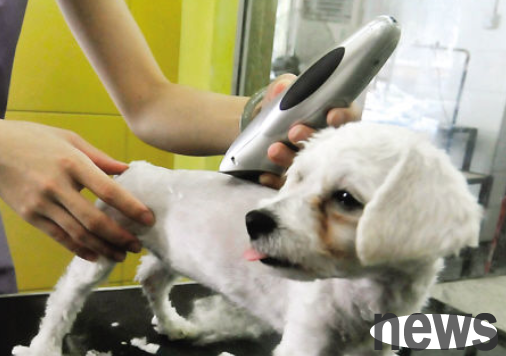Treatment technology for critically ill diseases of dogs and cats - blood transfusion therapy (canine distemper blood transfusion therapy cures)
Pets are often treated with severe blood loss, severe anemia, increased blood coagulation and to improve pet endurance. Although there is also a blood type in a pet, the blood type is often not considered during the first blood transfusion of a pet.

(I) Selection of blood-supplying animals
Choose pets of the same species with strong constitution and healthy (clinical and laboratory tests). It is better to have about 20kg for dogs, and it is better to have about 2kg for cats.
Carriage chemotherapy technology for dogs and cats Veterinary Team Work Manual
(II) Blood type and blood conjunction test
Blood type and cross conjunction test are suitable for repeated blood transfusions in the same pet. There are 7 blood type factors in dogs, among which blood type factor A is the most important. Injecting A-positive blood into A-negative dogs can promote the production of anti-A antibodies. The antibody has strong hemolytic activity in the test tube and in the body. If a male dog stimulated by A-positive blood mates with an A-positive male dog, the baby dog born to him will develop neonatal hemolytic disease after breastfeeding. In the dog group, 37% of the dogs were A-negative, 63% of the dogs were A-positive, and if blood transfusions were blindly transfused, 25% of the dogs could produce anti-A antibodies. During the second blood transfusion, 15% of the dogs blindly selected for blood delivery are unsuitable blood transfusions, and it is very dangerous to give A-positive blood transfusions 2-3 times to A-negative dogs. It is not possible to determine the blood type of a dog through precise determination methods, so only blood combination tests are used to determine whether the two are suitable. The specific methods are as follows:
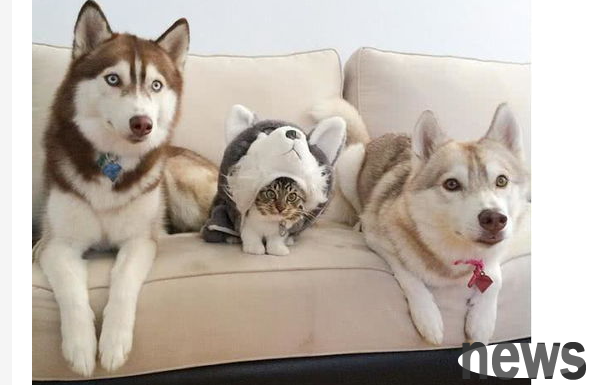
① Collect the blood of the donor and receptors to collect serum and red blood cells (anticoagulation and non-anticoagulation).
② Wash the red blood cells 3 times and use plasma to make a 5%-10% red blood cell suspension.
③ Add 2 drops of serum from the blood-receiving individual and the red blood cell suspension from the blood-receiving individual to a fine test tube (diameter 7mm) and mix. Then 2 drops of the blood-supplying individual's serum and 2 drops of the blood-receiving individual's red blood cells were added to another test tube and mixed.
④Stand the test tube at room temperature for 30 minutes, and then centrifuge at 1000 rpm for 1 minute.
⑤ If any combination shows obvious hemolysis or coagulation, it means that the blood of the donor and the receptor does not match.
⑥ It is simpler to mix the donor and receptor serum and plasma on the slide, resulting in hemolysis and coagulation, which makes the blood inconsistent.
⑦ You can also use the three-drop test method: take a clean slide, drop a drop of normal saline in the center, drop a drop of donor and acceptor blood on both sides of the normal saline drop, mix the three drops evenly with a glass rod, let stand for 3 to 5 minutes, observe the state of the mixture, and if the mixture is uniformly distributed, blood can be provided. If the mixture is precipitated in particulate matter, it means that the blood types of the two are incompatible and cannot be used as blood-supplying animals.


